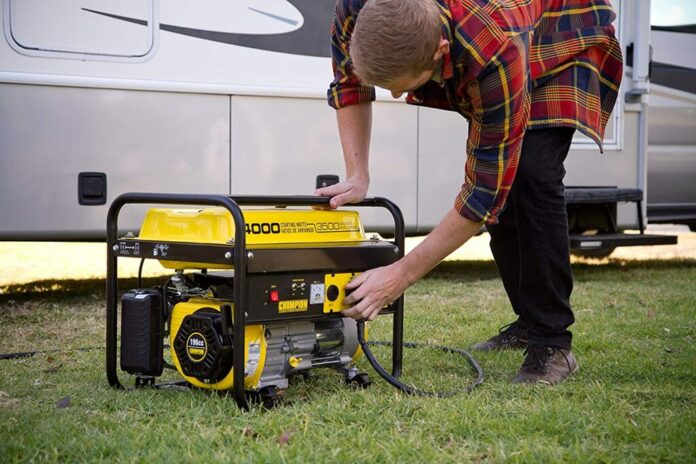Introduction
Choosing the right generator involves more than just picking a brand; it’s about understanding power capacity and determining the size that best fits your needs. Whether you need to power a few essential appliances during a blackout or want a solution for your entire home, knowing how to calculate the correct generator size is crucial. This comprehensive guide will lead you through the steps to identify the right generator power capacity for various requirements, ensuring you make an informed decision.
 |
|
 |
The Basics of Generator Power Capacity
Generator power capacity is measured in watts or kilowatts, representing the amount of electricity the generator can produce. Understanding the difference between starting watts (the initial surge of power needed to start an appliance) and running watts (the continuous power required to keep it running) is crucial in selecting the right generator.
Assessing Your Power Needs
Start by listing all the devices and appliances you plan to run on the generator. Note both the starting and running watts of each item, which are typically found on the appliance’s label or in its manual. The total of the starting watts gives you the minimum power capacity your generator should have to handle initial power surges.
Portable Generators for Small to Medium Needs
Portable generators are ideal for powering a few essentials. They come in various sizes, suitable for running a refrigerator, lights, and a few electronics. Understand how to match their power output with your specific needs for effective and efficient use.
Standby Generators for Whole-House Power
If your goal is to power your entire home, a standby generator is a more suitable option. These are permanently installed and automatically kick in during power outages. Calculating the power needs of your entire home can be complex and often requires professional assessment.
Calculating for Recreational Use
When it comes to recreational use, such as camping or RVing, generators provide comfort and convenience. The power requirements here are generally lower, focusing on charging electronic devices, small appliances, and possibly running a small air conditioner.
Generators for Work Sites
Industrial generators are used on work sites to power tools and machinery. The power capacity needed here varies greatly depending on the type and number of tools being used. A careful calculation ensures that the generator can handle the load without being oversized or underused.
Tips for Accurate Calculation
Several online calculators and tools can help estimate your power needs. However, it’s always best to consult with a professional, especially for larger, more complex setups like whole-house or industrial use.
Safety and Efficiency Considerations
Choosing the right size generator is not just about meeting power needs; it’s also about safety and efficiency. An oversized generator can lead to unnecessary fuel consumption and wear, while an undersized one might fail to meet your power needs and could be overloaded.
Conclusion
Understanding generator power capacity is key to choosing the right generator for your needs. By assessing your power requirements accurately and selecting a generator that matches those needs, you ensure reliable power backup, efficiency, and safety. Whether for home, recreational, or industrial use, the right-sized generator will provide peace of mind and the power you need, whenever you need it.


